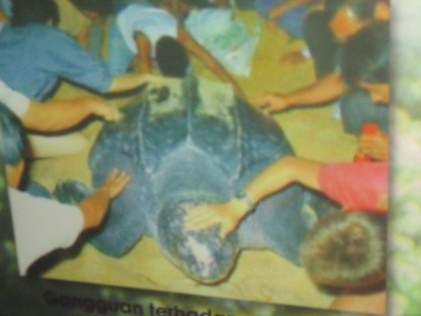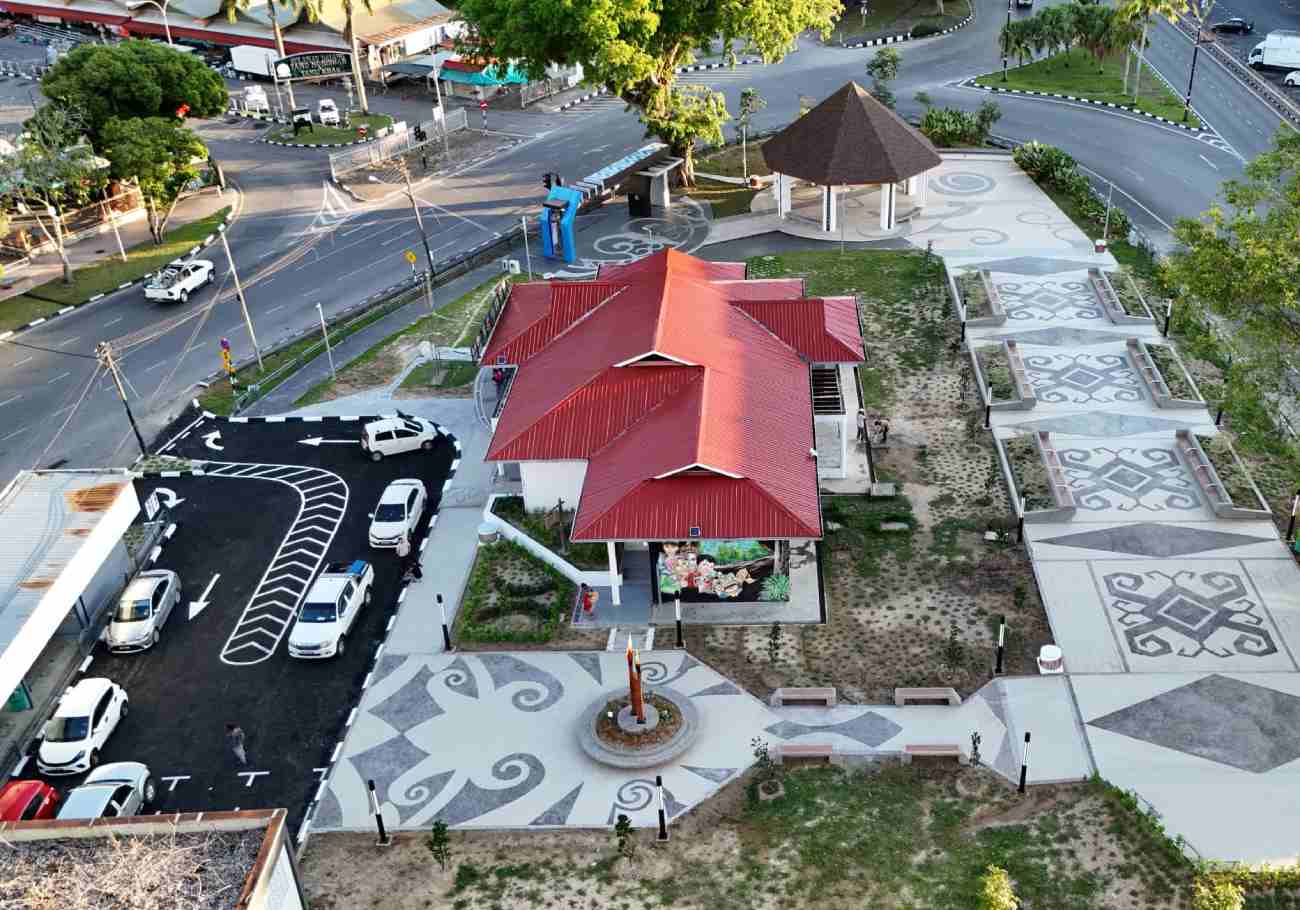On a star- sprinkled night under the soft glow of a half moon, seven Green turtles lumbered up the beach at Pantai Mak Nik, Terengganu to lay eggs.
The scientific name of the Green turtle is Chelonia Mydars or in Malay, Penyu Agar.
After half an hour, three turtles turned tail and decided to return to the jade-coloured sea.
They had been frightened by the noise of people and traffic.
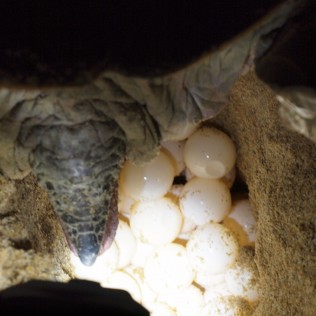
In Malaysia, turtles are fast declining as they are finding it harder to survive.
Human activities are the main culprit of causing these harmless creatures to face impending defeat. The consumption turtle eggs is the major cause of a dwindling population.
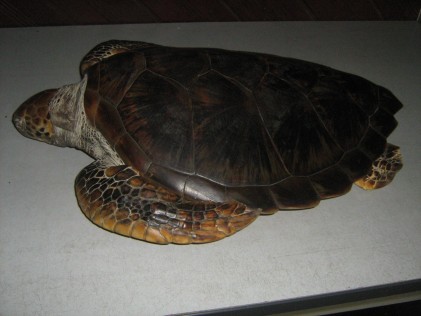
April to July is the peak season for turtles. Every night, the turtles come to the shores to lay eggs especially during high tide.
Each egg-laying trip averages 3 hours: 45 minutes to clamber up the beach and dig an egg chamber, 20-30 minutes to lay the eggs, another half an hour to make decoy holes and swim back to the sea.
In Peninsular Malaysia, turtles are found in the 6 states of Trengganu, Pahang, Perak, Johor, Malacca and Penang.
How do they do it? After mating, a female turtle locates a nesting beach, wait for night to decend as it is cooler and less conspicuous to large predators before digging a hole to lay her eggs.
If she finds a stick in the sand and does not like the place, she moves on to locate another suitable hole to lay her eggs.
Younger female turtles are not as patient as the older females so they give up easily. The latter can look for 3-4 holes before being contented to lay her eggs. Usually after 4 holes, they are very tired.
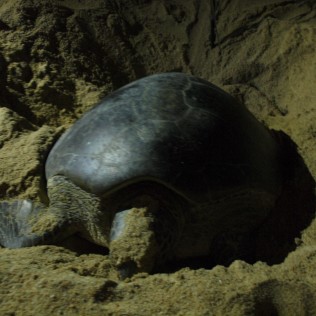
If they are disturbed by bright lights such as camera flash or human voices , they may return to the sea. If someone pokes their body, they think that they are about to be killed.
- Ignorant adults joining children prodding a turtle.
Citizen Journalists Malaysia (CJMY) spoke to Haji Abdul Karim bin Haji Mohd Shan, Head of the Information Centre at the Turtle Sanctuary in Cherating, Pahang .
The nesting grounds are monitored by the Malaysian Fishery Department with rules and regulations. “This year,” Haji Karim confides, “we can expect a 20-30% increase in turtle nesting as the weather is good.”
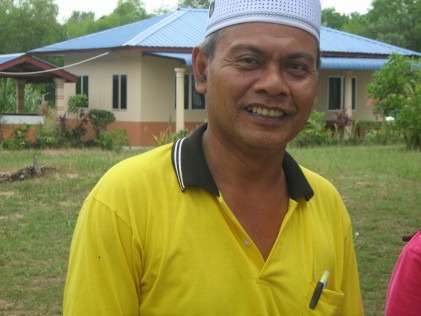
According to Haji Abdul Karim, the 25-year-old hatchery in Cherating may not be the best way to hatch eggs but this is the only way available. If left to hatch on their own, the hatchlings could be victims of predators such as monitor lizards, people and fierce dogs.

Green turtles prefer Pahang and Trengganu due to the quality of its sand and the depth of the water. Turtles are very sensitive to the size of sand grain and its colour.

They do not like it if the sand is damp as virus can attack the turtle eggs. This is why the sand in the 60×80′ hatchery in Cherating has to be changed every year at a cost of RM6,000 to do so.
New sand from the beach does not contain soil and rubbish. Old holes in the sand pit may contain fungus, bacteria and red ants which will bite the baby turtles.
According to Haji Abdul Karim, in 2010, at Rantau Abang, Trengganu, only 10 leatherback turtle nests were spotted.
Haji Karim continued,” Turtle eggs are hatched after 45-60 days. The sex of the hatchling depends on the temperature; cooler sand produces more males.”
He added,” When the hatchlings are released into the water, they swim for 7 days without the need for food. Every year 15-20,000 hatchlings are released. When they float in the sea, they are prey to birds, sharks and big fish. “
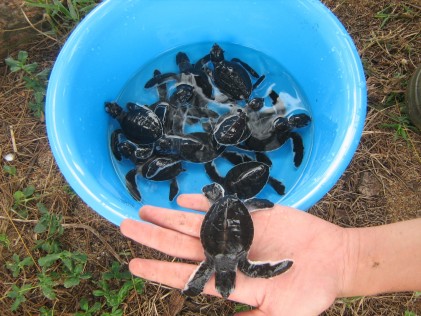
Haji Karim lamented,“Only 1 in 1,000 survive so it is important everybody understands why it is crucial we should try to conserve them.”



What can you do to save and protect our marine turtles?
- Do not eat turtles eggs.
- Do not destroy natural habitat.
- Do stop using fishing nets that can harm and kill the turtles.
- Do not throw rubbish into the sea.
- Do prevent oil pollution at sea.
- Avoid activities that disturb turtles during landing and nesting periods.
Helping turtles survive starts with you.
Do not support the sale and consumption of turtle eggs.
WWF is currently embarking on a ‘Save the Turtles’ journey.
The three states of Terengganu, Melaka and Sabah will be celebrating World Sea Turtles Day (WSTD)on 16 June.
The World Sea Turtle Day, which is celebrated globally on every June 16, was created in honor of Dr. Archie Carr, a naturalist who dedicated his life to understanding sea turtles. Dr Carr is responsible for much of what we know today about the biology of these species.
According to the World Wide Fund (WWF), for Nature, Malaysia who is jointly organising the triple celebration hopes that the celebration will appeal to the public to show support for the sea turtles – the ancient creatures of the sea and endangered species.
Other related articles:
Turtles Face Extinction on Malaysian Shores.
Turtle egg consumption poses risks to both human health and marine ecosystem.



